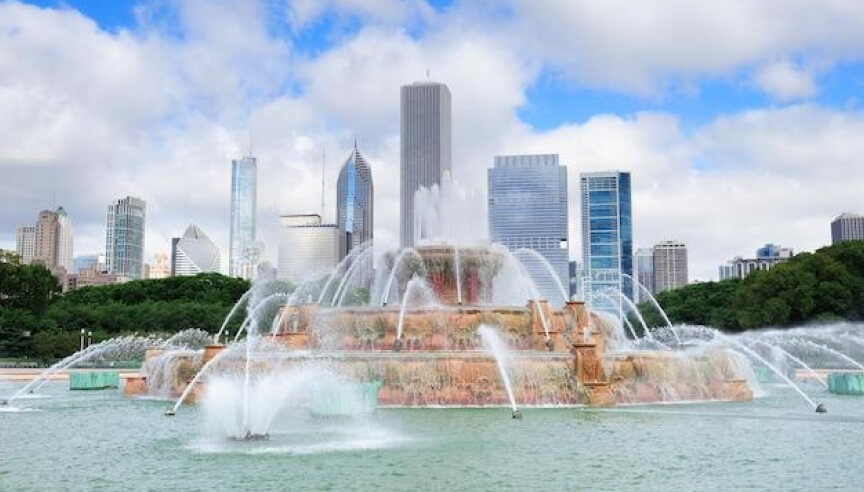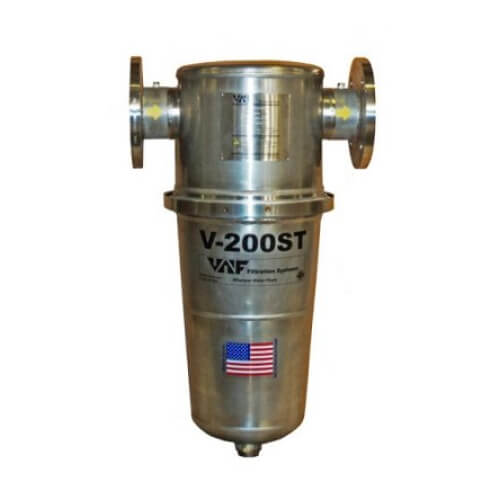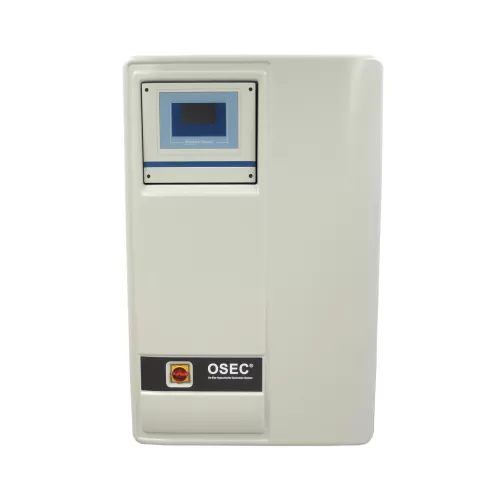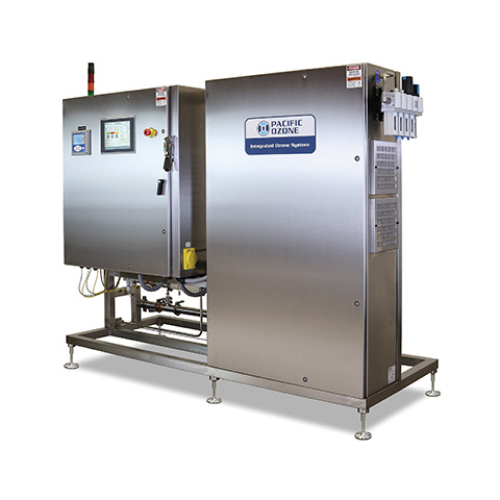Recent Posts
The Role of Water Disinfection in Landscaping

As homeowners and landscape designers strive to create visually appealing and sustainable outdoor spaces, the importance of water features cannot be overstated. Fountains, ponds, and artificial water bodies contribute significantly to the aesthetic charm of landscaping.
Enhancing Attractiveness: The Vital Role of Water Disinfection in Landscaping
As homeowners and landscape designers strive to create visually appealing and sustainable outdoor spaces, the importance of water features cannot be overstated. Fountains, ponds, and artificial water bodies contribute significantly to the aesthetic charm of landscaping. However, to maintain their allure, it is crucial to address the often overlooked aspect of water disinfection. This article explores the need for water disinfection at water bodies within landscaping, emphasizing the impact on both aesthetics and environmental health.
The Aesthetic Appeal:
Water features serve as focal points in landscaping, enhancing the overall beauty of outdoor spaces. The soothing sound of flowing water, the reflection of surrounding elements in a tranquil pond, or the grandeur of an ornate fountain—all contribute to the visual appeal of a well-designed landscape. However, the attractiveness of these water features can be compromised when issues such as algae growth, murky water, or unpleasant odors arise.
The Role of Water Disinfection:
Water disinfection plays a pivotal role in preserving the attractiveness of landscaping water bodies. Without proper treatment, these features can become breeding grounds for harmful microorganisms, including bacteria, viruses, and algae. This not only diminishes the visual appeal but also poses risks to the health of aquatic life and the ecosystem as a whole.
Why UV Disinfection?
Traditionally, chemical treatments have been employed to address water quality issues, but they come with environmental concerns and potential harm to plants and animals. Ultraviolet (UV) disinfection offers an attractive alternative. UV-C light, a short-wave ultraviolet radiation, effectively neutralizes microorganisms by disrupting their DNA structure. This process is both chemical-free and environmentally friendly, making it a sustainable solution for maintaining the cleanliness of water bodies.
Benefits of UV Disinfection in Landscaping:
- Crystal-Clear Water: UV disinfection ensures that water remains clear and visually appealing by targeting and eliminating the microscopic organisms responsible for cloudiness.
- Preserving Aesthetic Features: Whether it’s a historic fountain, a modern pond, or an artificial waterfall, UV disinfection helps preserve the aesthetic features of water bodies without compromising their integrity.
- Sustainable Landscaping: Adopting UV disinfection aligns with the principles of sustainable landscaping by minimizing the use of harmful chemicals and reducing the environmental impact associated with water treatment.
- Healthy Ecosystem: By preventing the proliferation of harmful microorganisms, UV disinfection contributes to the overall health of the ecosystem within water bodies, supporting aquatic life and biodiversity.
Conclusion:
In the pursuit of an attractive and sustainable landscape design, the importance of water disinfection cannot be overstated. UV disinfection emerges as a key technology, offering an effective and environmentally friendly solution to maintain the cleanliness and visual appeal of water bodies. As homeowners and landscape designers prioritize both aesthetics and environmental responsibility, the adoption of UV disinfection becomes integral to creating outdoor spaces that are not only beautiful but also ecologically balanced. By investing in the health of water features, we ensure that our landscapes remain vibrant, attractive, and in harmony with nature.






